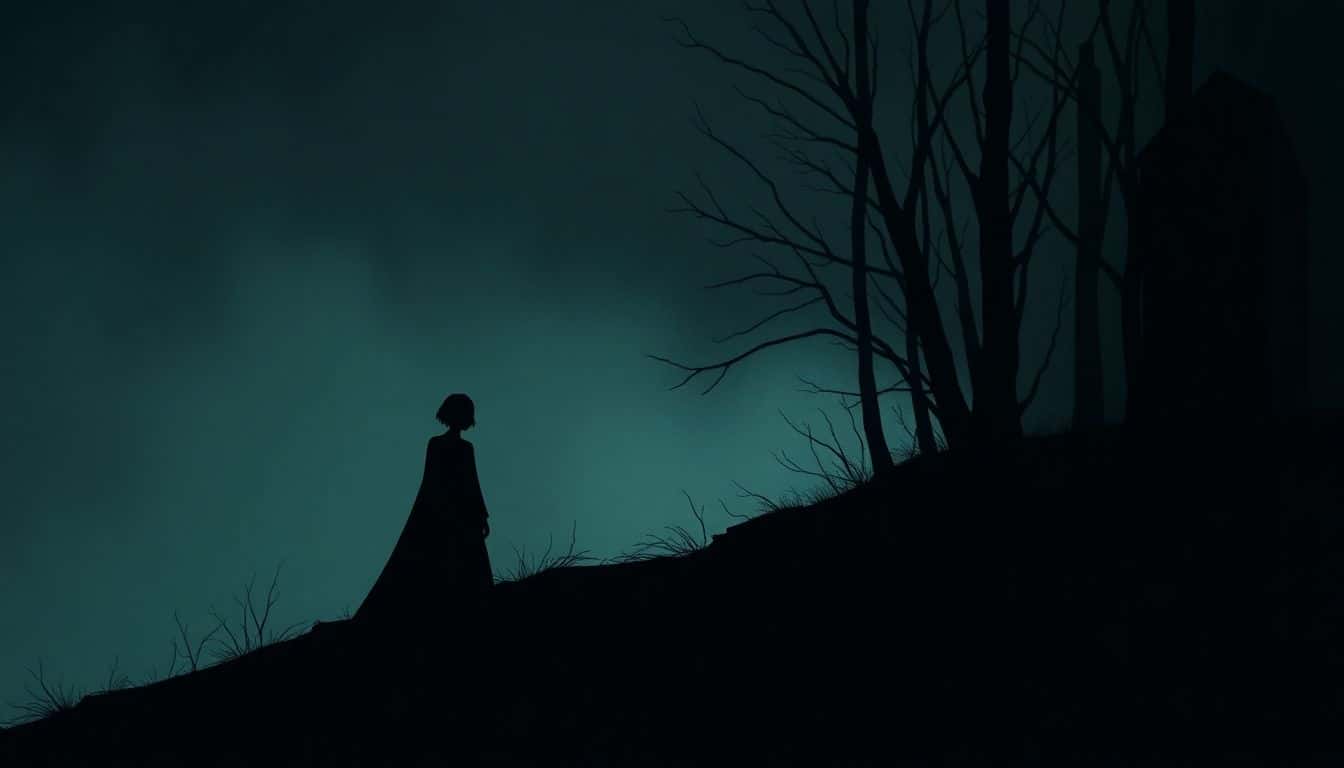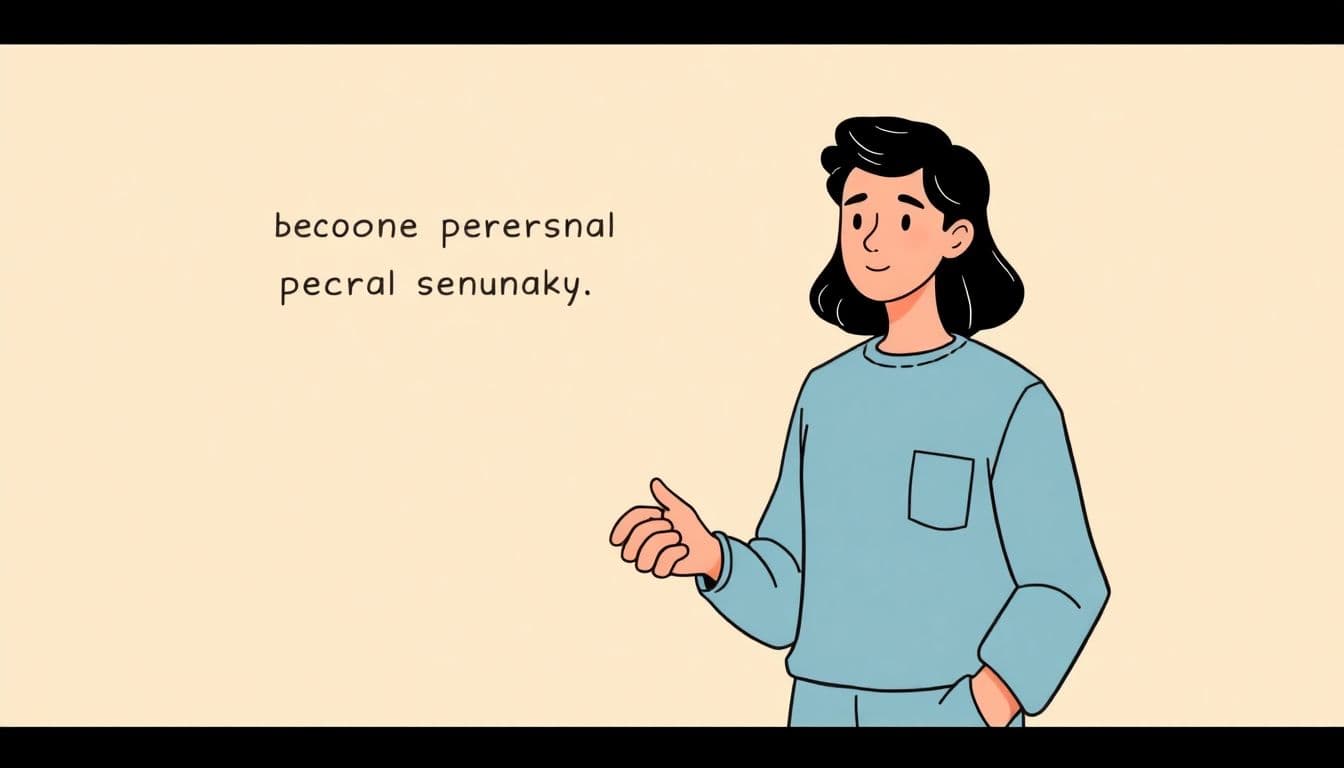Table of Contents
Writing horror that hooks readers can be tricky, but start by choosing clear, specific ideas that make the scare real. When you build a spooky atmosphere with sensory details, it pulls people in and makes their skin crawl. If your characters have deep fears and psychological struggles, readers will connect more—so focus on the inner fears that make horror personal. Keep your stories sharp and avoid clichés to surprise and engage, all while using suggestive imagery to spark imaginations.
Key Takeaways
Key Takeaways
- Start with a specific, clear horror idea to make your story more believable and focused. Details like a haunted house or cursed object create stronger tension.
- Use sensory details—sights, sounds, smells, textures—to create a vivid atmosphere that pulls readers into the scene and heightens the fear.
- Build characters with deep fears and emotional flaws. Their internal struggles make the horror more personal and relatable.
- Try unconventional techniques like unreliable narrators, mixed timelines, or changing perspectives to surprise your audience and keep interest high.
- Include quiet, tense moments before scares to make the horror hit harder. Silence and anticipation build suspense effectively.
- Incorporate folklore or urban legends into your story to connect with real-world fears and make the horror feel authentic.
- Focus on universal fears—like losing loved ones or losing control—as they create a strong emotional connection with readers.
- Experiment with new ideas and seek feedback from others to improve your storytelling and better evoke fear in your audience.

Start with Clear, Specific Horror Ideas
The first step to writing horror that really terrifies is to pick a specific idea that hits home. Instead of vague fears, focus on a unique and concrete horror concept, like a haunted asylum with a dark past or a cursed object that whispers secrets. The more precise your idea, the easier it is to build a story around it that feels real and unsettling.
For example, instead of saying “something spooky happens,” zero in on a detail like a person’s reflection in the mirror that doesn’t match their movements, making the reader wonder what’s lurking behind the scenes. This specificity helps you craft scenes filled with tension and provides a solid foundation for the story to grow.
Try brainstorming a few horror ideas using prompts from [horror story plot generators](https://automateed.com/horror-story-plot/) or by drawing inspiration from real fears, like losing control or betrayal. The key is to stay grounded in an idea that resonates with both you and your audience, so it feels authentic and scary.
Build a Vivid Atmosphere Using Sensory Details
Horror thrives on atmosphere, and the best way to create one is by painting a picture with sensory details. Don’t just tell your reader what’s happening—show them through sights, sounds, smells, textures, and tastes that make the scene come alive.
Imagine describing a dimly lit, damp basement filled with the musty scent of mold, the creak of old floorboards underfoot, and a faint, metallic smell of blood. These details make the setting feel real and heighten the sense of dread.
Use smells like rotting wood or burning rubber, sounds like distant whispers or scratching on walls, and textures like slimy walls or coarse fabrics. These touches immerse the reader and trigger their imagination, making the fear feel personal and immediate. Remember, less is often more—suggest, don’t always fully describe, so your reader fills in the gaps with their own fears.
Create Characters with Internal Fears and Psychological Depth
Great horror characters aren’t just victims—they have internal fears and flaws that make them human and relatable. Dive into what scares them most, whether it’s abandonment, failure, or losing control, and let these fears influence their choices.
For instance, a character afraid of being watched might constantly doubt their perceptions, which can lead to unsettling scenes where what they see or hear might not be real. Adding psychological depth makes characters’ reactions believable and increases the story’s emotional impact.
Make your characters’ fears part of the story arc—let their internal struggles mirror or contrast the external horror. This makes their journey more compelling and the dread more personal. Examples like a person haunted not just by a ghost but by the guilt of their past mistakes can create haunting stories that stick with readers. For more on creating believable characters, check out [character writing prompts](https://automateed.com/character-writing-prompts).

Use Unconventional Horror Techniques to Surprise Your Audience
While many horror stories rely on standard jump scares or haunted houses, experimenting with unusual techniques can catch your readers off guard.
Try incorporating unreliable narrators who may not be entirely trustworthy, or tell the story out of chronological order to keep readers guessing.
Visual tricks like shifting perspectives or breaking the fourth wall can also make your story stand out and keep people on their toes.
For example, a story where the horror is hinted at through a distorted, changing narration style makes the audience question what’s real, increasing the unsettling effect.
This approach not only adds freshness but also deepens the engagement because readers become active participants trying to piece together the truth.
Use Quiet Moments to Heighten Tension
Sometimes, shifting from high-intensity scenes to quieter, more contemplative moments can have a bigger impact.
Build suspense by letting characters experience uneasy silence or small, tense interactions that make the eventual horror feel even more intense.
For example, describing a character nervously waiting in complete darkness, listening to every small sound, can make the reader feel the same anxiety.
These moments of calm before chaos cause fear to linger, as readers get used to the silence and then feel the shock when horror strikes again.
So, don’t underestimate the power of silence in your stories; use it to make the terrifying moments hit harder.
Make Use of Urban Legends and Folklore for Authentic Fears
Real-world stories often tap into genuine fears, so weaving urban legends or folklore into your story can resonate deeply with readers.
Think about classic stories like the legend of Bloody Mary or the hook-handed killer, and adapt their themes into your narrative.
These tales thread through culture and history, which makes them familiar enough to elicit a primal fear response.
Incorporating such elements can ground your story in reality, making the horror feel more plausible and personal.
For example, a story about a cursed neighborhood with a history of mysterious disappearances could draw inspiration from local legends, adding weight to the eeriness.
Incorporate Relatable Fears to Connect Deeply with Readers
Fears that hit close to home tend to scare people the most. Think about common anxieties like losing loved ones, losing independence, or the dark.
Use these fears as foundational themes in your story to make the horror feel more personal and unavoidable.
For instance, a story about a person trapped in their own home, with the fear of being watched or manipulated, speaks directly to fears of invasion and loss of control.
The more your characters’ internal struggles mirror real-world fears, the more your audience will empathize and feel invested.
Try asking yourself what societal fears resonate most today and integrate them into your stories for maximum impact.
Test New Concepts and Get Feedback to Improve Your Horror Writing
Don’t be afraid to experiment with different plot devices or scare tactics—see what works by sharing early drafts with others.
Getting feedback from fellow writers or a small group of readers helps identify what truly frightens people and what falls flat.
Try setting up writing prompts or challenges, like using a [horror story plot generator](https://automateed.com/horror-story-plot/) to spark fresh ideas and then refine your story based on critiques.
This process makes your storytelling sharper and more effective at eliciting fear.
Remember, writing horror is often about trial and error—every piece of feedback brings you closer to perfecting your psychological punch.
FAQs
Start with a clear concept, focusing on unique fears or unsettling scenarios. Avoid clichés and aim for original, specific ideas that can evoke strong emotions in readers.
Use sensory details like sounds, textures, and smells to immerse readers in the scene. Focus on mood-setting elements that trigger emotional responses.
Characters with internal fears add psychological depth, making the story more relatable and frightening. Their struggles amplify the horror experience.
Focus on original ideas, surprise your readers with unexpected twists, and employ suggestive imagery that leaves room for imagination, instead of relying on common tropes.



